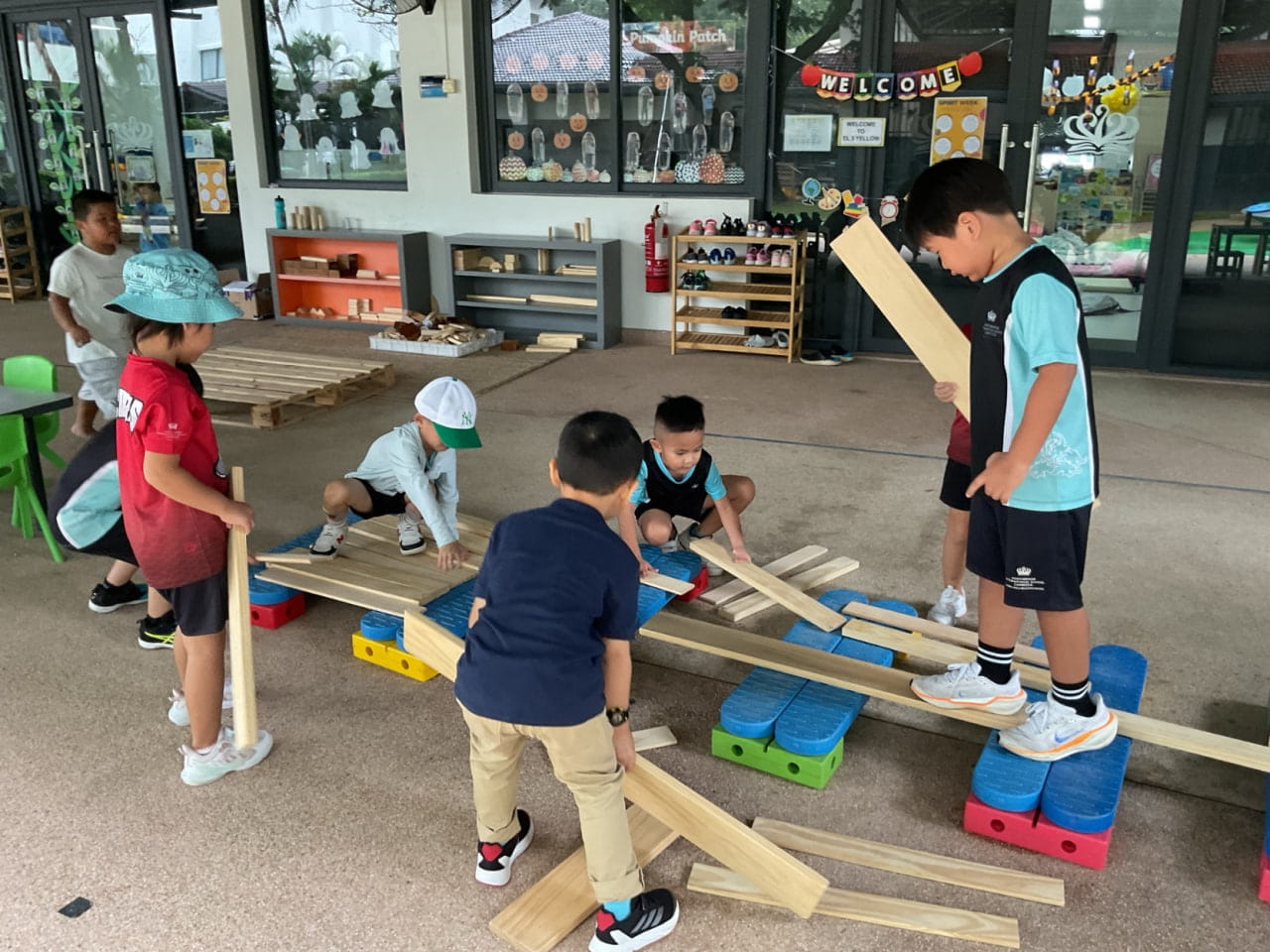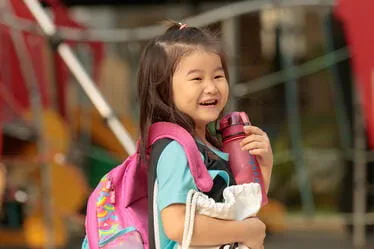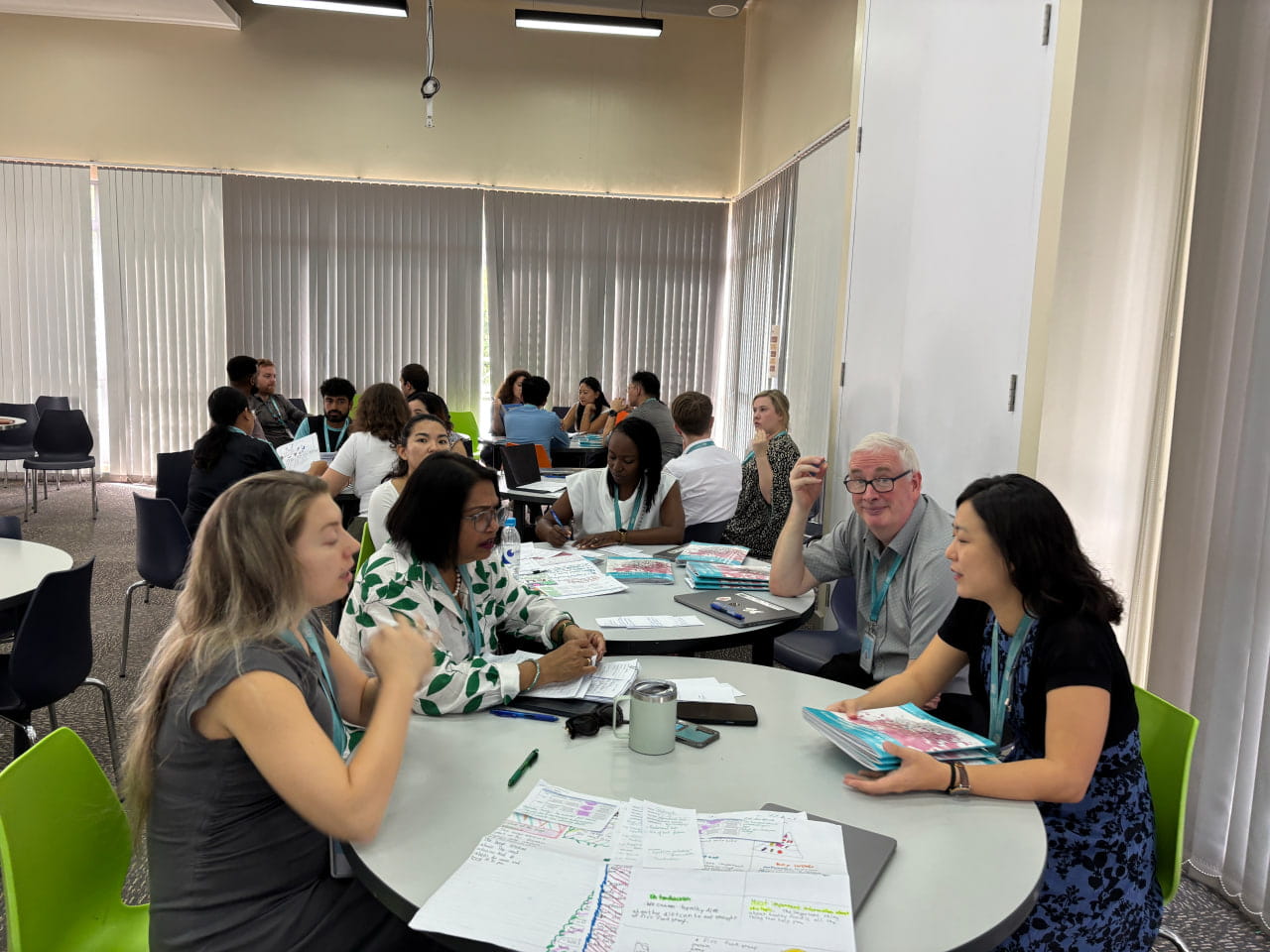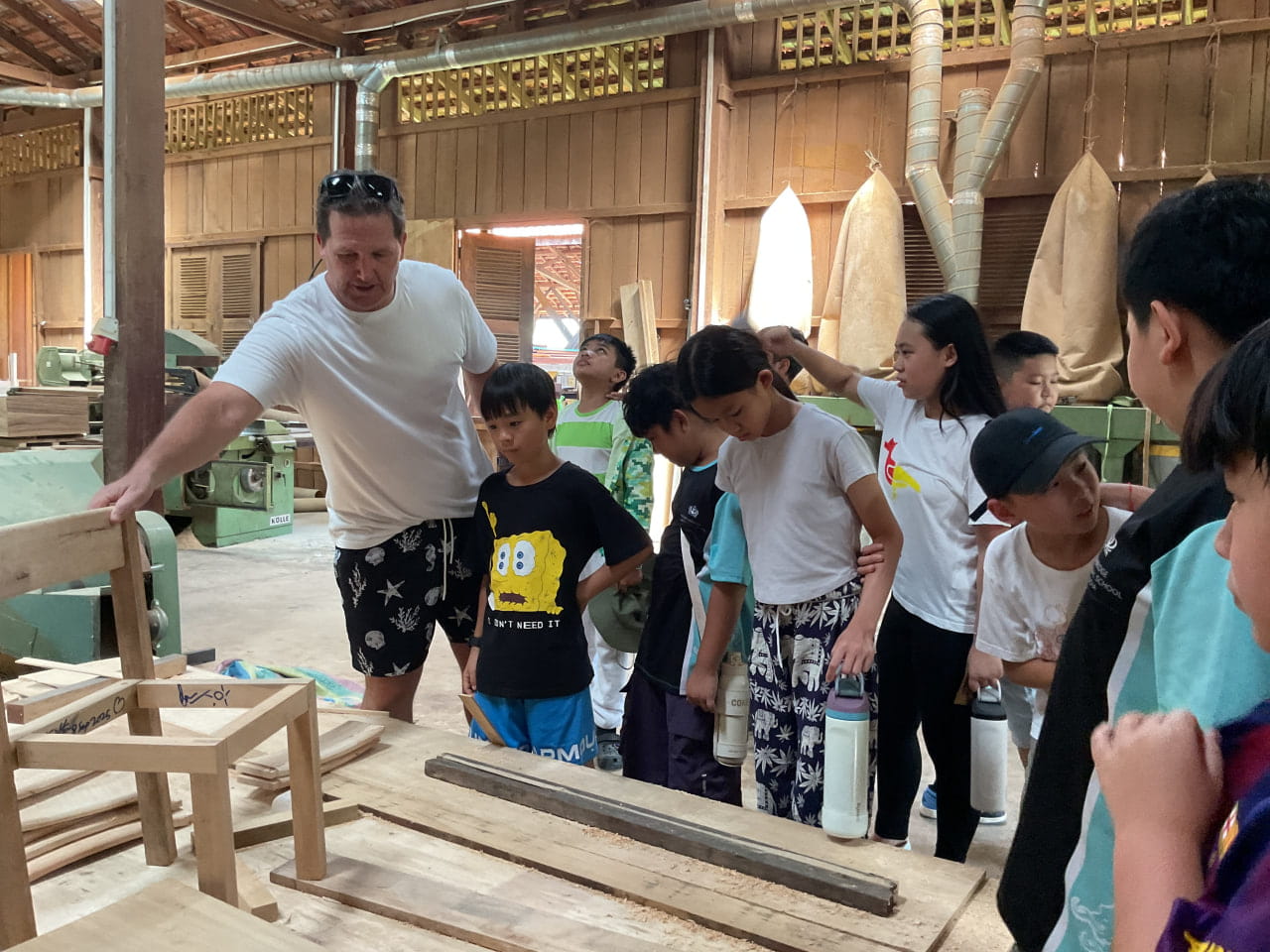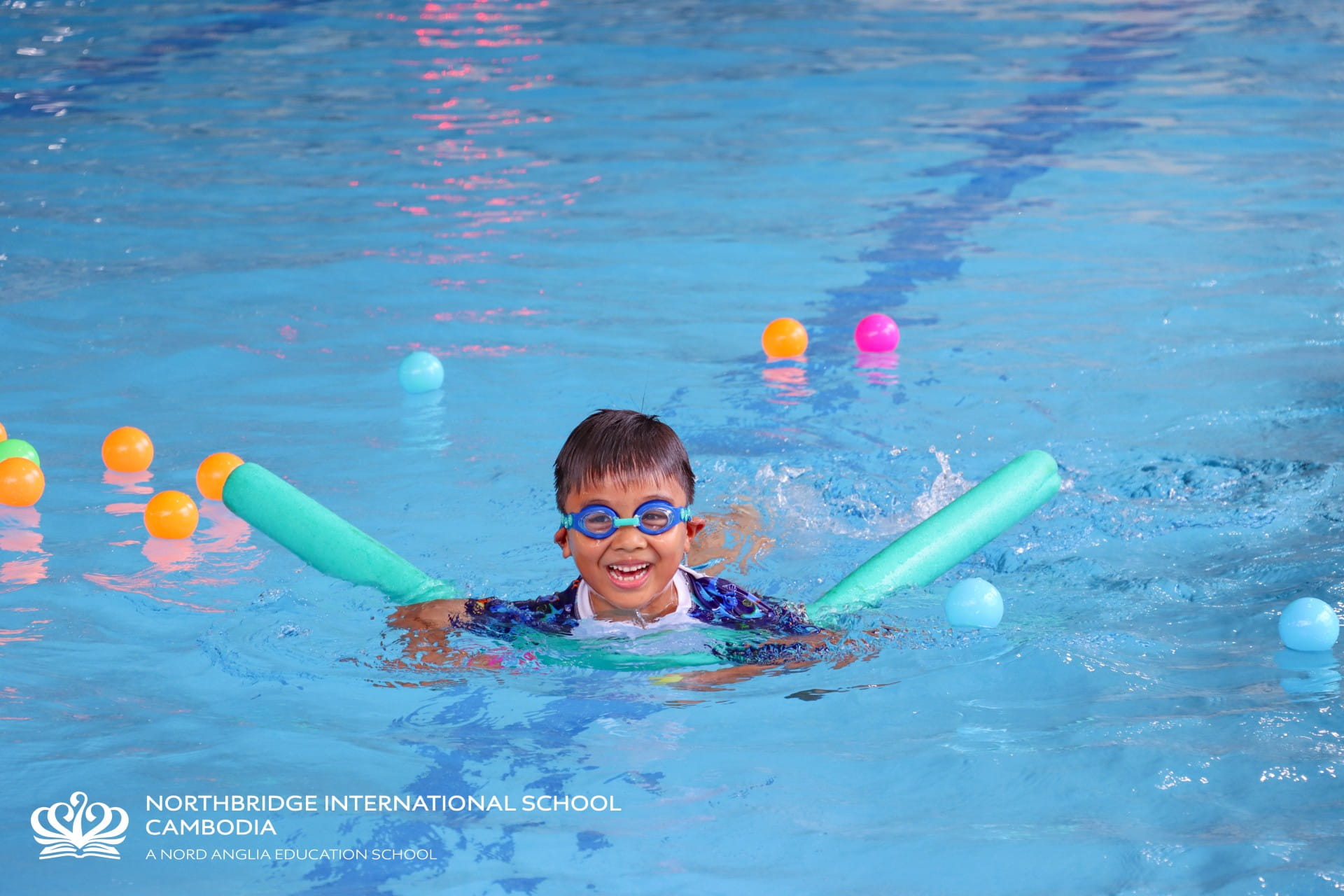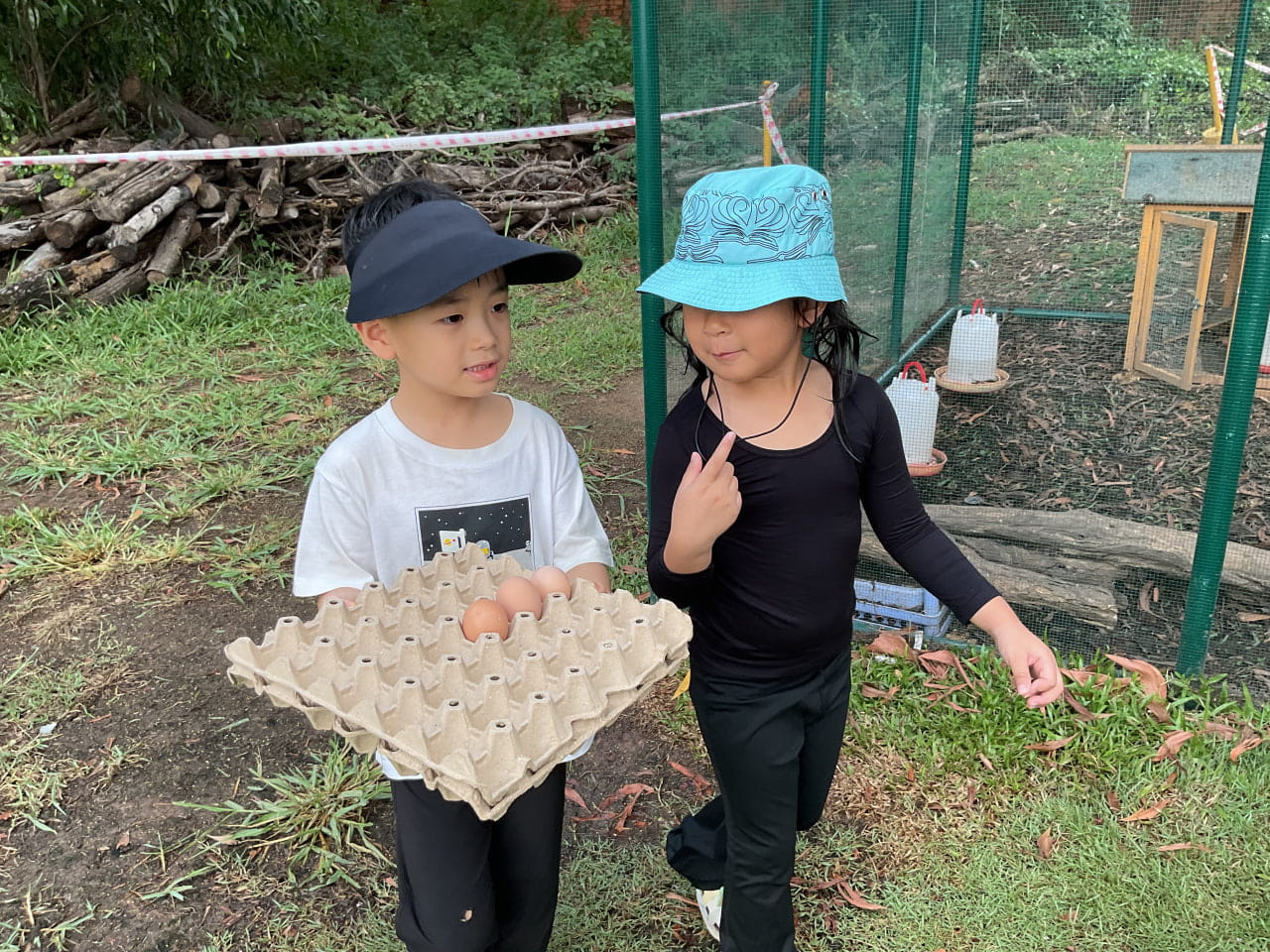By Valda Skubina
Early Learning 3 Teacher and Early Learning Lead
As Miriam Beloglovsky beautifully said, "Children's curiosity leads the way in their learning journeys, and as educators, we are their co-explorers, guiding them through wonder and discovery." This philosophy guides our approach to loose parts play, which is all about giving children access to open-ended materials they can explore in countless ways.
What Are Loose Parts?
Loose parts are materials that can be moved, stacked, joined, taken apart, and rearranged without a single “right” way to use them. They may include natural items like stones, sticks, pinecones, shells, and leaves, or man-made items such as bottle caps, ribbons, or wooden blocks. The beauty of these materials lies in their versatility: they encourage creativity, foster exploration, and invite critical thinking.
Supporting Math, Literacy, Science, and Social Skills Through Play
When children engage with loose parts, they are doing more than just playing; they are building foundational skills in math, literacy, science, and social interaction.
Mathematics: Counting, sorting, categorizing, and arranging loose parts offer opportunities for developing mathematical concepts in hands-on ways. For example, children may naturally start creating patterns with stones and leaves or arranging bottle caps by size or color, which enhances their understanding of sequencing, counting, and grouping.
Literacy: Loose parts play promotes storytelling and language development as children use items to represent ideas. They might create their own narratives by arranging figures or setting up scenes. This storytelling builds vocabulary and helps children connect language to their play, strengthening communication skills and fostering early literacy development.
Science: Loose parts play allows children to engage in the scientific method as they experiment, observe, hypothesize, and test ideas. By stacking stones or discovering how different items balance or topple, children are learning cause and effect, problem-solving, and scientific reasoning.
Practical Life Skills: Using small loose parts like beads or buttons supports fine motor skills, which are essential for writing and other tasks requiring coordination and control. Children gain independence and confidence by practicing these skills in a playful setting.
Social Skills: Loose parts play also encourages collaboration. As children build and create together, they learn essential social skills, including negotiation, sharing, listening, and valuing others' ideas.
Principles of Loose Parts Play: Inspired by Suzanne Axelsson
Suzanne Axelsson, a prominent early childhood educator, emphasizes that loose parts play should be child-led and flexible, with educators serving as supportive guides rather than directors. Following her principles, we encourage children to explore materials freely, express their ideas, and use creativity in ways that feel meaningful to them. This autonomy helps children feel valued and understood, building a strong foundation for lifelong learning.
In our classrooms, loose parts play is a cornerstone of early learning. It nurtures curiosity, fosters independence, and builds a range of essential skills in a way that feels natural and fun for children.

